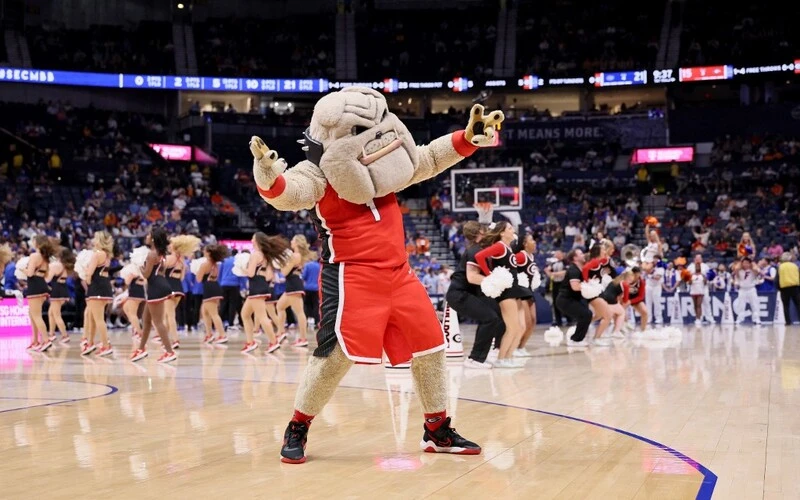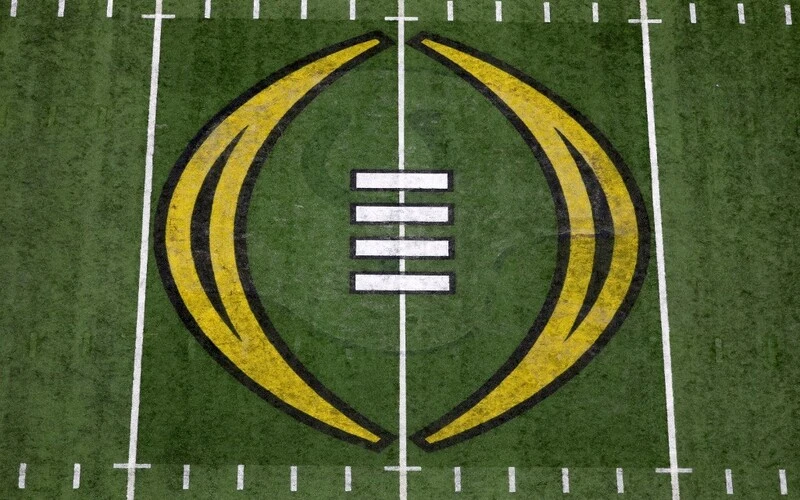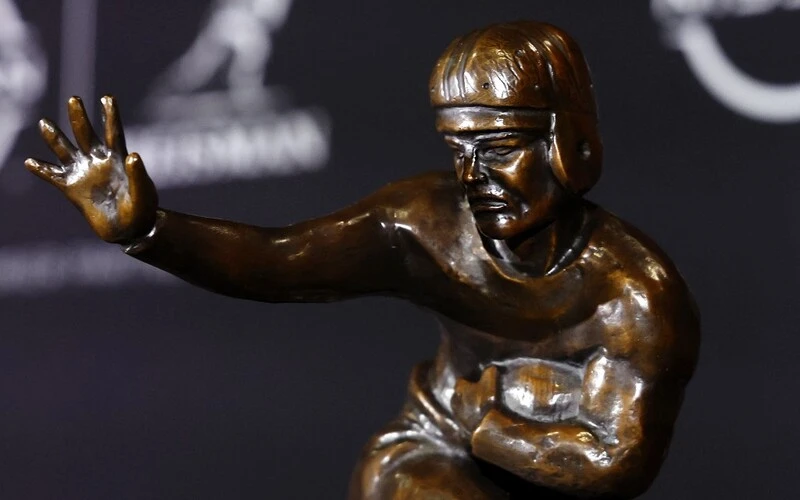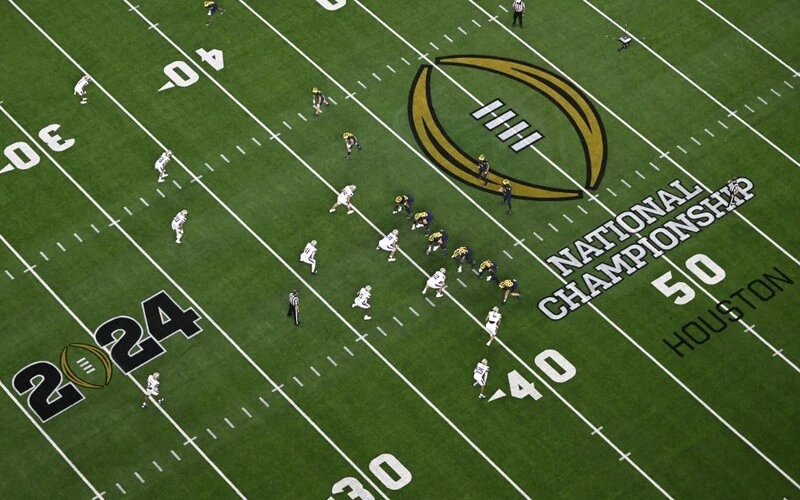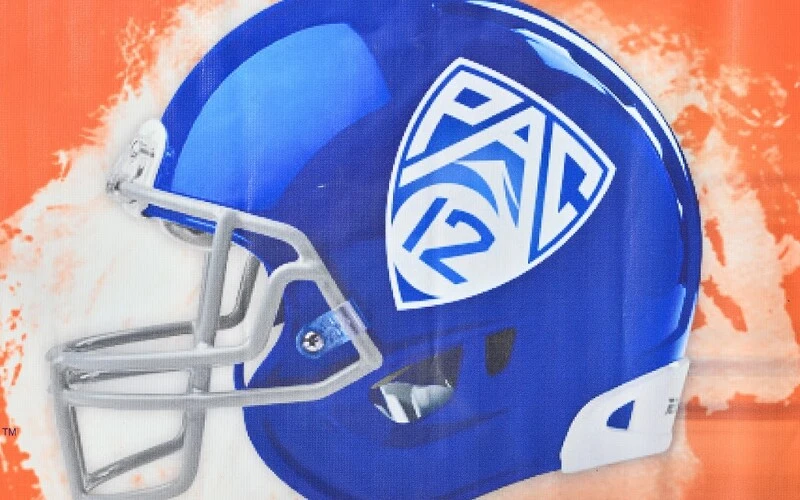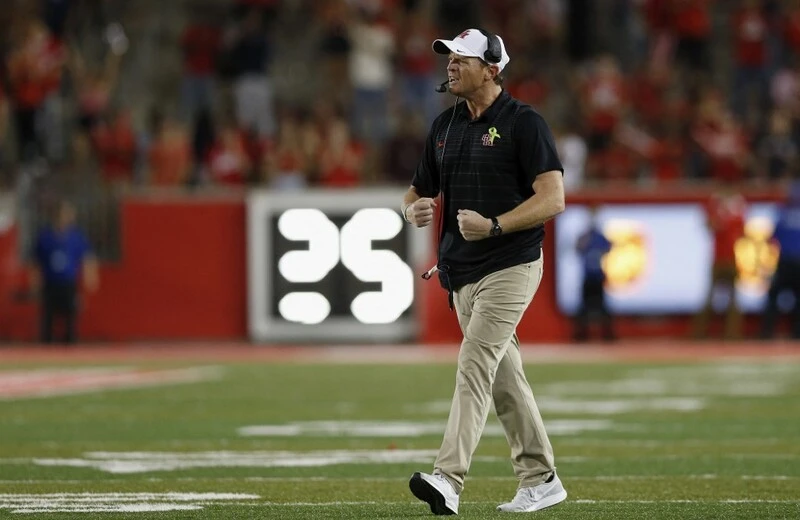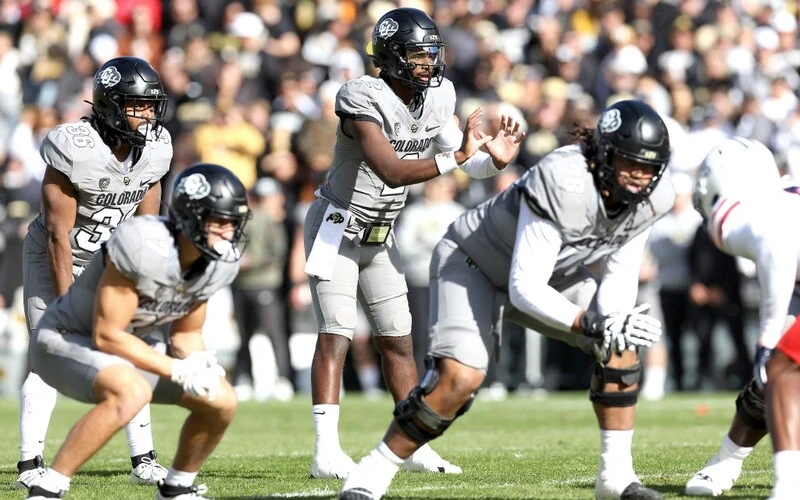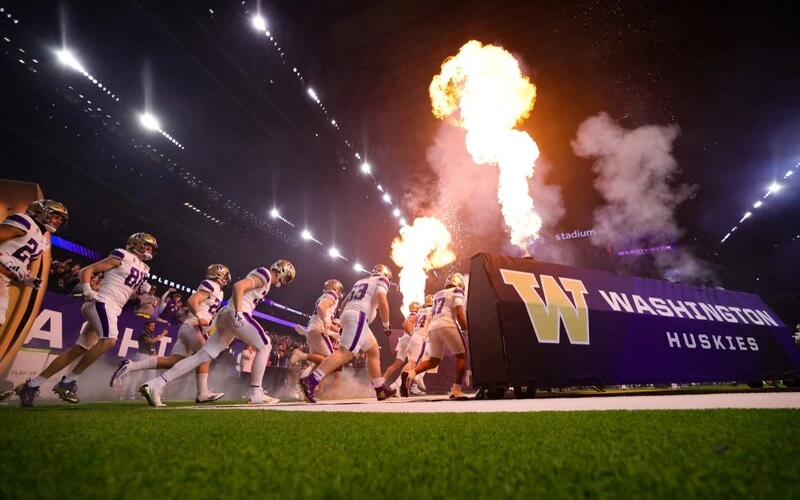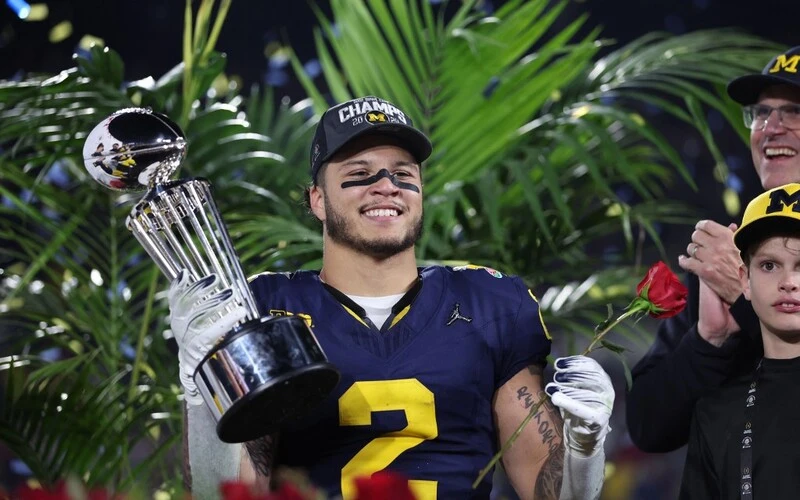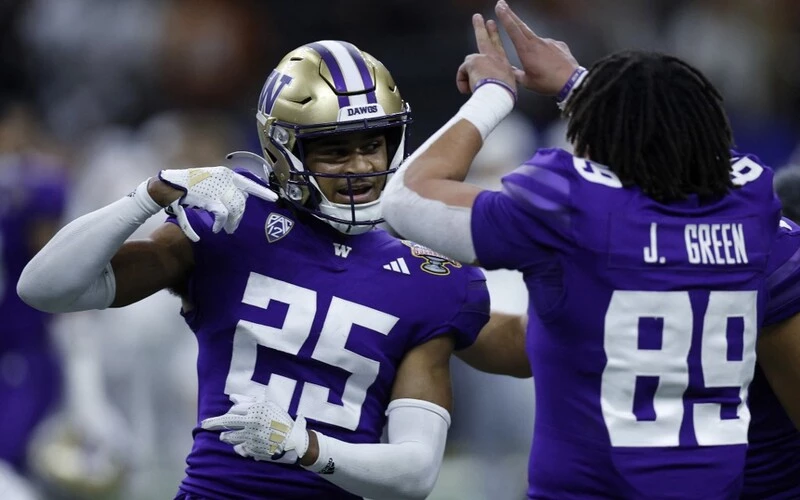NCAAF
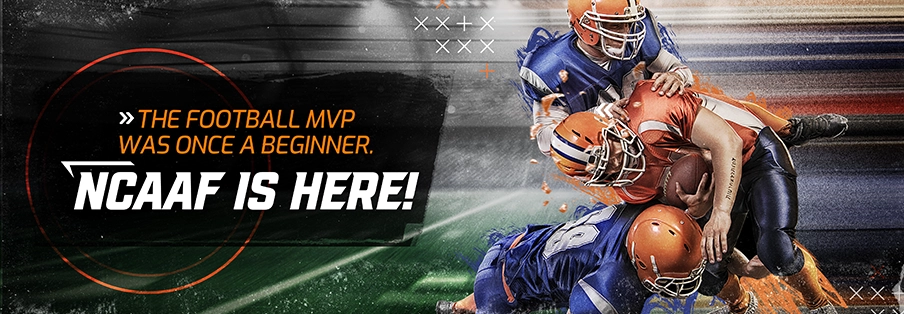
The most common type of bet for football games, especially for NCAA football games, is the point spread bet. Every game has a point spread in NCAA football, from the big conferences down to FCS games. Points are taken away from the favorite, indicated by a “-”, and are given to the underdog, indicated by a “+”.
For example, if Alabama is home against Vanderbilt, they will (hypothetically) be listed at -34½ and Vanderbilt will (hypothetically) be +34½ . The line will likely be at -110 odds, meaning you need to wager $110 on Alabama to win by at least 35 to win $100 (collect $210). In this scenario, if Alabama wins, 52-3, and covers the -34½ point number, you win.
The underdog doesn’t have to win the game for you to win your bet. They just have to cover the spread. In the above example, if you took Vanderbilt +34½ and it lost to Alabama, 34-0, you still won your bet, as Vandy covered the spread.
BEST TEAM TO BET ON
BEST TEAM TO BET against
LATEST NCAAF NEWS
College Football Betting Explained
College Football Betting Odds & Examples
Spread Bet
| Team | Spread |
|---|---|
| Georgia Tech Yellow Jackets | +5.5 (-110) |
| Alabama Crimson Tide | -5.5 (-110) |
In the example, Alabama is the favorite, and Georgia is the underdog. A bet on the favorite means they must win the game by six points or more for the bet to be a winner. A bet on Georgia means they would either have to win the game or lose by five points or less.
Moneyline Bet
| Team | Moneyline |
|---|---|
| Georgia Tech Yellow Jackets | +180 |
| Alabama Crimson Tide | -150 |
In this example, Alabama is favored over Georgia. Therefore, a $100 wager on Georgia would pay $180 since they are the underdog. For a bet on Alabama, the bettor would have to place a $150 wager to win $100.
Over/Under Bet
| Team | Over/Under |
|---|---|
| Georgia Tech Yellow Jackets | (+180) |
| Alabama Crimson Tide | (-150) O/U 42 |
Uncover Exclusive Picks & Predictions From Our Experts.
How to bet on ncaa football
There are many reasons why fans like the NCAAF betting. The convenience of betting online is more prevalent than ever, making it ideal for both new and experienced bettors.
There is also a huge selection of bets besides the standard point spread, moneyline, and total bets. There are hundreds of different elements of an NCAA football game to wager on.
Tips, Tricks and Advice For NCAAF Betting
Home-field advantage is usually worth 2½-to-three points in college football, so it’s important to make sure the game isn’t at a neutral site. Also, see how far the visiting team is traveling, and if they will have a good contingent of fans. The same goes for whether the home team has a loud and intimidating fan base.
Also, beware of rivalry games. Records and rankings don’t mean much when Auburn hosts Alabama, Texas plays Oklahoma or Oregon State hosts Oregon. When records are lopsided, there can be big spreads in these games. However, these games are oftentimes the “Super Bowl” for an underdog who can ruin a rival’s season with an unexpected win.
Check the Weather
As with any game or sport played outdoors, check the weather. Early in the college season, extreme heat can have an impact on athletes getting tired early and not scoring as much. Rain often has an impact, especially during hurricane season in the southeast. Conversely, when it’s the end of the season, it’s not uncommon to see games played in the snow.
Really bad weather can hamper teams, with less scoring and lower totals. It may also heavily help the home team, especially if the visiting team isn’t used to playing in snow, cold or heat.
Injury Updates
College football injuries are another factor. Get a good look at the injury report, which can usually be found online, or through reporters covering the team on social media. Injuries at key positions on offense (quarterback, running back, wide receiver) can impact the point spread of a game.
Players' New Team
Trying to consistently win at college football point spreads betting requires doing your homework. The players change from year-to-year, so the only consistent thing about college football is the coaches (until they leave). Each season, by doing their homework and research, fans can find those teams ready to break through and surprise.
More Tips
Do not be afraid of the larger spreads here, either. That is the “nature of the beast” in NCAAF. This isn’t the NFL, where most games are between -2½ and -7½ . There will be a lot of three, or four, touchdown favorites, some even higher. In many occasions, those big favorites cover and become a moneymaker. There can still be value in the big favorites, however; you just have to do your research and find the right ones who are primed to cover.
Do not rely solely on statistics to make your bets and pick your teams, as they can be wildly misleading. You have to know a team’s previous NCAAF schedule, who it has played and what system the opponent(s) used, before knowing what those college football stats mean.
A passing team is going to have crazy quarterback and wide-receiver numbers while scoring a lot of points. Conversely, a running team has the same sort of rushing stats. A team playing a soft schedule will have great defensive numbers, while a team that’s playing a challenging schedule will have lesser stats.
You may also be interesed in:
COLLEGE FOOTBALL HISTORY
On November 6, 1869, about one hundred spectators watched as two teams of student-athletes met in what is regarded as the first college football game; it was between Princeton and Rutgers. The sport has grown, from those humble beginnings, to entertain millions of fans every season and has left a major mark on the American sports culture.
Seven years later, representatives from four Ivy League schools, Harvard, Princeton, Yale, and Columbia, met to make the rules for what we now recognize as American football. Walter Camp, known as the father of American football, created the rules that fans are familiar with today, such as the system of downs, the center snap to the quarterback, and the line of scrimmage. He also proposed that there be eleven players on each side.
The game’s popularity had grown a lot by 1903, when Harvard built the first big concrete stadium specifically for college football. However, by 1905, many called for the game to be banned because of its brutality. As a result, several colleges put an end to their football programs, and others threatened to do the same. This activity led to the creation of the NCAA, which took over the power of changing the rules and setting up the procedures under which each school would run its football programs.
Since the emergence of the popularity of the NFL, NCAA football has remained prevalent, with vast numbers of fans following the programs of major universities. The teams regularly play in huge stadiums, some of which exceed capacities of 100,000 fans.
SUMMARY
Point-spread betting is the best way to bet on NCAA football in the fall; with so many teams and games, there are more betting options than there are in the NFL. This brings both risks and rewards, so shop around for the best value, since college football lines bounce around more than NFL lines.
However, the bottom line -as always- is to be very knowledgeable. The tips, tricks and advice included here for betting NCAA football will help, but knowing the teams and conferences inside out is always the best way to prepare.

